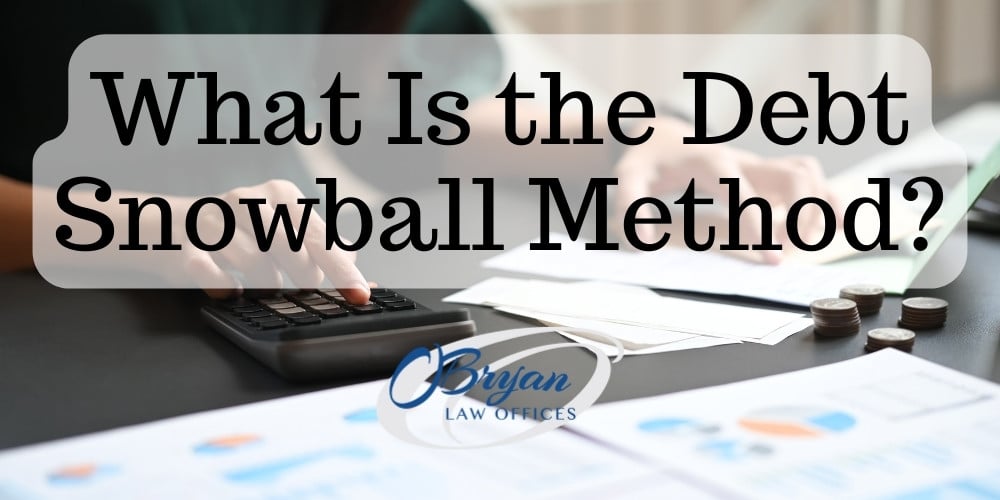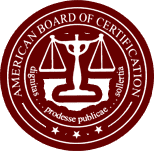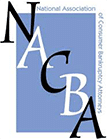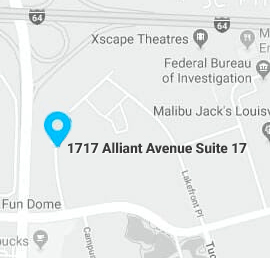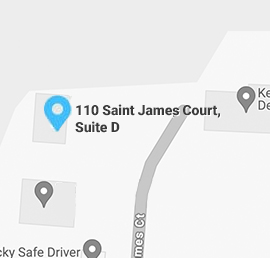The consumer debt balance in America currently sits at $15.31 trillion. This is a huge, almost inconceivable number, but it covers a lot of categories. Mortgages and car loans are the biggest category factoring into this number. They stand at just over $10 trillion and just under $2 trillion, respectively. Consumer debt also includes things like a credit card, student loans, and personal loans. Consumer debt is a huge part of the average American’s life, whether that debt is in good standing or not.
For most of us, it’s not a question of if we will incur debt, but when. Whether this is a mortgage, student loan, medical expense, or other debts. This is why it’s so important to understand the different options you have when it comes to debt management. One of these options includes the debt snowball method.
How Does the Debt Snowball Method Work?
The debt snowball method is an organizational strategy for paying off your outstanding debts. This particular strategy prioritizes paying off your smallest debt, then working your way up until you are debt free. This strategy works excellently with short-term, one-time debts, such as financed furniture or medical debts. But it can also be applied to long-term debts like mortgages.
There are a couple of reasons why this method can work so well. Firstly, it’s a self-rewarding process. By starting with the smallest debts, you get to feel the reward of paying something off completely and removing that added stress from your plate. By creating a debt snowball plan, you can give yourself small, actionable steps you can take immediately, and start seeing rewards early. This can be an incredible motivator when you get up into larger debts.
Debt Snowball vs Debt Avalanche
When it comes to looking into the debt snowball method, you’ll likely see the debt avalanche approach paired with it. This is because these two strategies approach debt repayment from opposite ends of the spectrum. A debt snowball focuses on the smallest debts first. However, a debt avalanche focuses on paying off the highest interest rate debts first. This decreases the overall amount of money you’re paying in interest. But it can be more intimidating and cost-intensive up front. This is a great strategy if you have savings tucked away, or come into some unexpected, extra money you can put completely toward debt repayment.
Advantages of the Debt Snowball Method
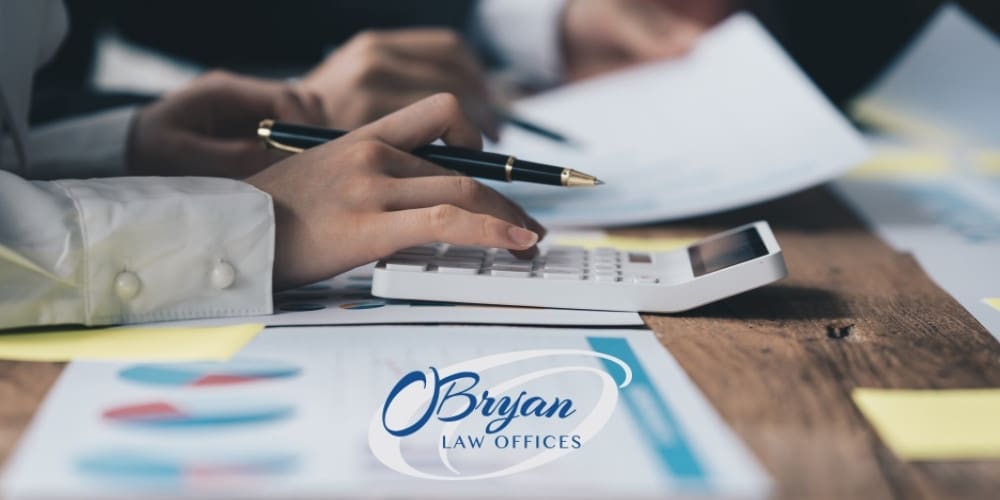
There are several advantages to the debt snowball, particularly if you have either a lot of small debts or debts you’ve already been paying on for a while. These could include:
- Credit card balances;
- Auto loans;
- Student loans;
- Personal loans.
The advantage of the snowball method in these cases helps you close or keep these accounts in good standing. This can create a whole host of financial benefits for you, including:
- Improvement on your repayment history;
- Reduction of total debt payments you’re making each month;
- Reduction in your debt-to-income ratio;
All these benefits can lead to extra money in your pocket, and improvements to your credit score and overall financial standing. However, the biggest benefit of the snowball method, as we’ve mentioned, is confidence building. By staying focused and intentional with your debt repayment goals, you can tackle debt anxiety and make paying off even your highest-interest loans less stressful.
Disadvantages of the Debt Snowball Method
The biggest disadvantage to the debt snowball strategy is the time it can take. Because you’re going from small to big, you may end up paying more in interest on your biggest debts, which are more likely to have the highest interest rate. This can cause your payoff progress to become stagnant if your biggest debt is much larger than your other debt payments.
If you are in serious debt and have been for several years, then the debt snowball strategy may not be for you. You might consider something more drastic, such as filing for bankruptcy and then applying something like the debt snowball method to what’s left.
How Effective Is the Debt Snowball Method?
The debt snowball method can be incredibly effective, depending on two factors — your financial situation and your dedication. Because this is a method that may take more time than others, dedication to paying off your debts and working up through them from smallest to largest is crucial to seeing pay off with this method. Additionally, this method works best for someone with a lot of smaller, past debts than someone with large, recurring debts. Not to say that the debt snowball can’t work on all your debts, you just might see more success applying this strategy to some than others.
How to Start a Debt Snowball
Getting started with a debt snowball is fairly easy. Remember to think small when you first start up and worry about the big stuff later on. To get started on your debt snowball, you’ll need to:
- Gather all of your outstanding debts;
- Organize debts from lowest to highest balance;
- Start paying at least the minimum payments on the smallest debts;
- Automate or repeat this process until you are debt free!
You can create your debt snowball strategy, or have a financial advisor assist you with one. Tools like a debt snowball calculator can also be helpful. You may find it useful to create a timeline, or automate payments for your debts, so you can know exactly when the money will be coming out of your accounts.
What to Consider When Using the Debt Snowball Method
As we’ve previously mentioned, there are some factors to consider when embarking on this debt repayment method. Factors such as possible interest rate increases over time and length of debt are all things to consider before embarking on this journey. The length of time you’ve held your debts is important, not just because of interest rates, but because you may be put into delinquency after a certain amount of time on certain loans. Delinquency cases are often sent to collections, which can cause a whole host of other problems. In some cases, your assets, such as your home and car, may even be in jeopardy of being repossessed.
Debt Snowball Alternatives
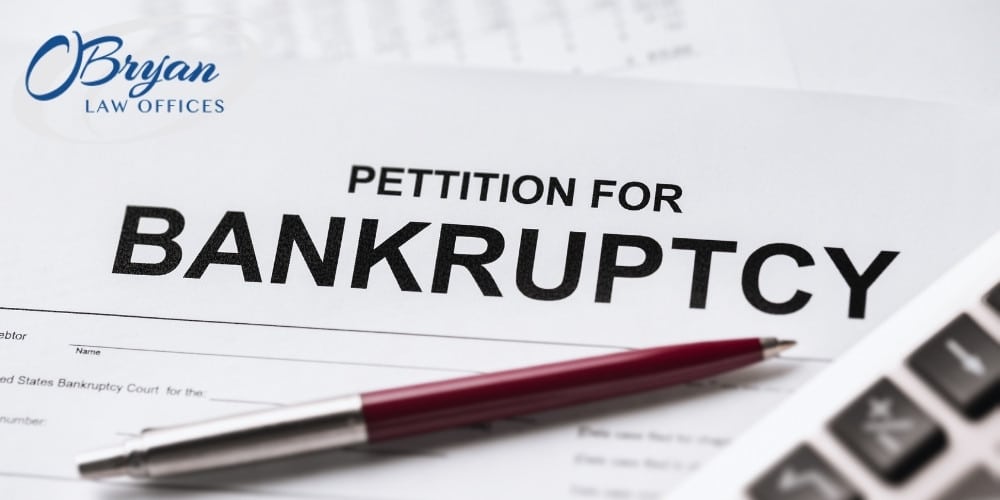
If you find that the debt snowball or debt avalanche method isn’t right for you, then there may be some alternatives for you to consider instead. These alternatives can help you manage your debt more efficiently while still producing a more favorable outcome than delinquency. If you already have a delinquency on your credit report, you’re likely wondering, “How long does delinquency stay on credit reports?” We answer that question and other related questions in a separate blog post.
Chapter 7 Bankruptcy
If you’ve never filed for bankruptcy before, or this is your first debt, then you may not know that there are many different types of bankruptcy that you can file for, that don’t require your bank accounts to be completely empty. One of these types of bankruptcy options, and a great alternative to a debt snowball, is chapter 7 bankruptcy. This is the bankruptcy code for liquidation, and involves the sale of nonexempt assets, for the proceeds to be split among your outstanding debt holders.
These nonexempt assets may include:
- Business shares;
- Secondary properties such as vacation homes;
- A vehicle in which you have equity;
- Luxury items;
- Tools not used for your likelihood, such as tractors or machinery;
- Jewelry.
It’s important to note that when you file for chapter 7 bankruptcy, a chapter 7 trustee will be provided to you to oversee the sale of these assets and the distribution of funds. This means you do not get to choose how much goes to each creditor, or in what order, so it can be unlikely for your smallest debts to be paid first if they are your newest or lowest interest rate. This is what makes it an alternative to a debt snowball or debt avalanche method, rather than a direct substitution.
Chapter 13 Bankruptcy
Chapter 13 bankruptcy is another type of bankruptcy that can be a good alternative to a debt snowball or debt avalanche method. It is the code for a “wage earner’s plan”. This means that when someone who has a steady income files for chapter 13 bankruptcy, they will be given a monthly minimum payment to be paid for a fixed period — usually three to five years — and this will freeze all ability for debtors to put your accounts into delinquency. This is a great way for people who may not be able to afford the original minimum payments on their debt to start paying off debt, without fear of collections.
You can get an extension of this timeline “for cause.” Courts decide whether to grant extensions on a case-by-case basis. For example, a cause that may be deemed worthy of an extension on a chapter 13 payment plan could include the death of a significant other also on the debt accounts. Similar to chapter 7, you will receive a chapter 13 trustee who will hear any appeals for extensions, and who will be collecting and distributing your payments to your debt accounts.
Debt Consolidation
Debt consolidation is the process of taking several separate debts and combining them into one new debt. While this can either raise the overall principal or interest rate of the debt, it can reduce how many minimum payments you’re having to make each month, and reduce the threat of delinquency, since this new loan will have new terms, including a new due date.
As an example, say you have three different student loans, at three different principals, with three different interest rates. That’s three monthly payments, three interest rates, and three debt accounts you have to be mindful of. By consolidating these accounts into one debt, you will get a new interest rate based on the average interest of all three accounts, new terms — which can include a new minimum payment — and a refreshed timeline.
It may sound like a good idea to combine all your debts into one monthly payment. However, many debt consolidation companies are very predatory when it comes to helping consumers pay off debt. They often target desperate individuals who are barely making minimum payments. Come to find out, they tack on sky-high interest rates, meaning consumers end up paying more money than they would have originally.
Speaking with a qualified consumer bankruptcy lawyer is the best way to repay debt in a way that won’t accrue massive interest payments over time. Although debt consolidation in Kentucky is a valid option, it could leave you worse off than when you started.
Does a Debt Snowball Really Work?
The short answer is yes — a debt snowball, or a debt avalanche, really can work to help you become debt free. As long as you’re intentional with your planning, and stay with the minimum payments on your debts, you can start to see financial rewards over time. While it may not be the perfect strategy for every situation, it can provide a way for many who may be intimidated by debt to get out of debt.
Seeking debt relief, or trying to become debt free can be a stressful and long process to embark on on your own. That’s why there are teams out there to help you achieve lasting debt relief, such as O’Bryan Law Offices. We will steer you toward the right debt management plan, and ensure your protection along the way.
Contact O’Bryan Law Offices Today
At O’Bryan Law Offices, we understand that juggling multiple debts at once can feel extremely overwhelming. Credit card debt, car loan debt, personal loan debt, and all your other debts can combine, accrue interest over time, and make you feel like you’re drowning. If you need to get out of debt, our Kentucky bankruptcy lawyers can help. Whether you want to pay off your smallest debt or your highest-interest debt first, we can help you develop a plan to make that happen. If you’re looking to explore your options to get out of debt, schedule a free consultation with us today by calling 502-339-0222 today.


